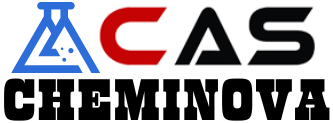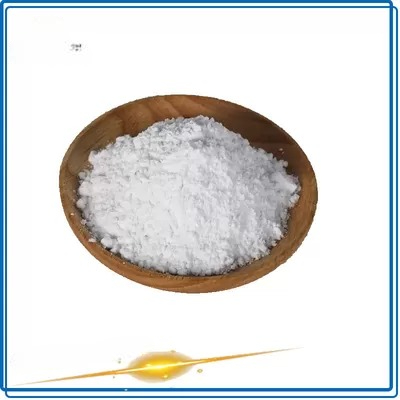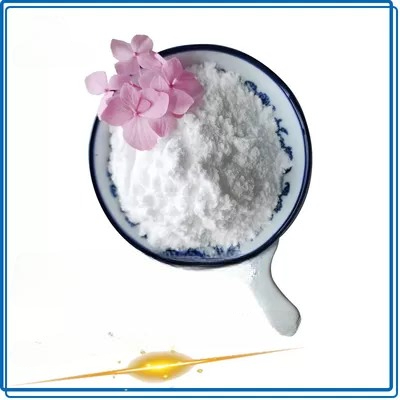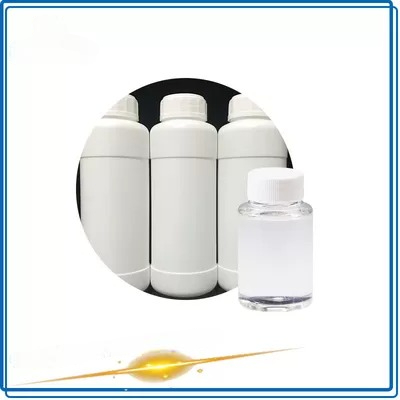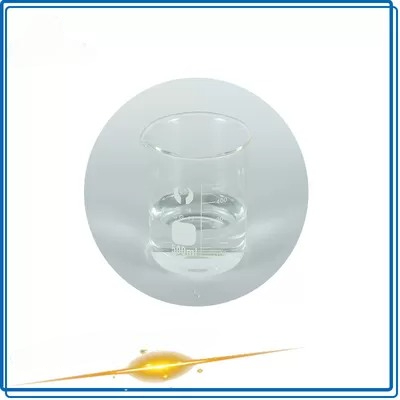Daily Use Chemicals
What are the compounds used in daily life? Every day, we come into contact with dozens of different compounds. These tiny molecules play a significant role in our lives, from cleaning products to food ingredients. These molecules make up everything from household products to food additives to chemical messes. Besides, this includes materials like plastics and chemicals used to make products like food and cloth. Many of these compounds have multiple uses and can be found in various products. In this article, we’ll look at some of the most common compounds and what they do in our daily lives.
Chemicals are used in everyday products to make them more manageable, effective, or safer. Some of the most common compounds used in everyday life include water and oil. Water is essential for life and is found in everything from food to air. Oil is necessary for many things, including making clothes and cars work.
Daily Use Chemicals Suppliers
In daily life, many compounds are used to make products more efficient or to improve the quality of life. These include chemicals found in food, cleaning supplies, and fuels. Many of these compounds have been around for centuries, while others were only recently developed. Here are eight examples of common compounds used in daily life:
1. Ethanol is a compound used as a fuel and as an additive to gasoline.
It is also used in manufacturing processes and as a solvent. Ethanol is made up of one part hydrogen and two parts carbon atoms. Moreover, ethanol is commonly found in alcoholic beverages, including beer, wine, and spirits. It’s also used as a fuel for cars, boats, planes, and motorcycles. Also, ethanol has many benefits in energy production and transportation. Moreover, it is renewable and doesn’t produce emissions that contribute to climate change or air pollution. Some people have concerns about the health effects of ethanol use because it’s an intoxicant.
2. Benzene is a component of crude oil and plastics.
It can be poisonous if inhaled or ingested. The chemical has been used for years in various products, including paint and plastics, and its toxicity has been well-known for some time. While the compound is no longer as commonly used as it once was, it’s still important to be aware of its dangers so you can avoid exposure if necessary.
3. Chlorine is used as a disinfectant and bleach agent in households and businesses.
It can also be released into the environment when chlorine-containing materials are recycled or disposed of improperly. Many chlorine compounds are used in industry, water treatment, and disinfectants. Chlorine is a halogen with the symbol Cl. The most common compound of chlorine is chloride. It is a colorless gas that smells slightly chlorinelike.
4. Carbon dioxide is often used to create bubbles during cooking or as gas for air conditioning.
It’s also found in cigarettes and gas masks. Some of these compounds are natural and essential for life, while others are man-made and introduced into our environment over time. Carbon dioxide is one such compound. Known as the “greenhouse gas,” carbon dioxide is responsible for trapping the sun’s heat in the Earth’s atmosphere. But what other roles does carbon dioxide play in our daily lives? In this article, we’ll explore some of the ways carbon dioxide is used in everyday life.
5. Caffeine is the most widely consumed psychoactive compound globally.
It’s responsible for energy boost and alertness, making it popular among people who work or study long hours. When it comes to caffeine-containing compounds, most people are familiar with the popular stimulant found in coffee and other caffeinated beverages. Caffeine is a naturally occurring compound found in many plants and animals. It’s most commonly known for its role as a stimulant, but it also has other properties, such as an anticonvulsant and an antidepressant. Caffeine is also found in various coffee products, such as tea, soda, energy drinks, and chocolate.
6. Plastic is one of the most versatile materials ever invented.
Plastic is created when a compound is heated and cooled to a point where the molecules line up in a repeating pattern. This process allows products such as bottles, boxes, and bags to be made. The most common type of plastic is polyethylene, used for food storage containers, water bottles, and shopping bags. Polypropylene is also popular because it’s strong yet lightweight. PVC (polyvinyl chloride) is used for things like pipes and insulation. It’s often considered less environmentally friendly than other materials, but it’s also more durable.
7. Rubber, a compound found in everyday items such as tires, gloves, and balloons, has been used for centuries to create functional products.
Today, rubber is one of the most versatile materials available and is used in products from automobiles to medical devices. In addition to its widespread use, rubber is also valuable because of its high elasticity and low coefficient of friction. Rubber is a natural polymer that has many compounds used in daily life. These compounds are rubber cement, rubber gloves, and rubber balls. Rubber is a renewable resource and can be made from different plants.
Rubber compounds are used in a variety of everyday products. These include things such as shoes, gloves, and balloons. Rubber is made from the latex sap of certain trees. The rubber tree grows in areas with warm weather and plenty of sunlight. The latex sap is collected from the tree and processed into rubber. It is durable and can withstand a lot of wear and tear. Rubber also has a low coefficient of friction which makes it easy to move through surfaces. This makes rubber great for things like gloves and shoes. Rubber compounds are often combined with other materials to create different products. For example, the rubber may be mixed with carbon to make carbon-rubber composites. This composite type is often used in things like tires and bike tires.
Conclusion
In conclusion, compounds are ubiquitous in daily life, and their various properties can be utilized for multiple purposes. For example, many compounds are used as medicines or pesticides. Thanks to the advances in chemistry, more and more compounds are being developed for everyday products and services. This means that our imagination only limits the potential uses of compounds. Some are essential for human health, while others are useful for convenience or decoration. It is necessary to be aware of the chemical hazards that accompany these substances and be able to identify them and avoid exposure if possible.
